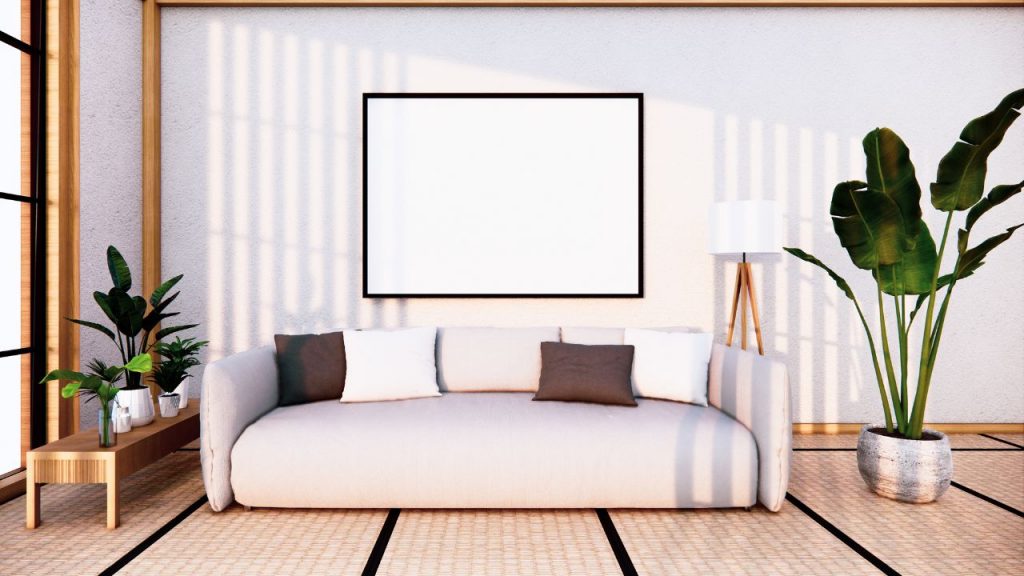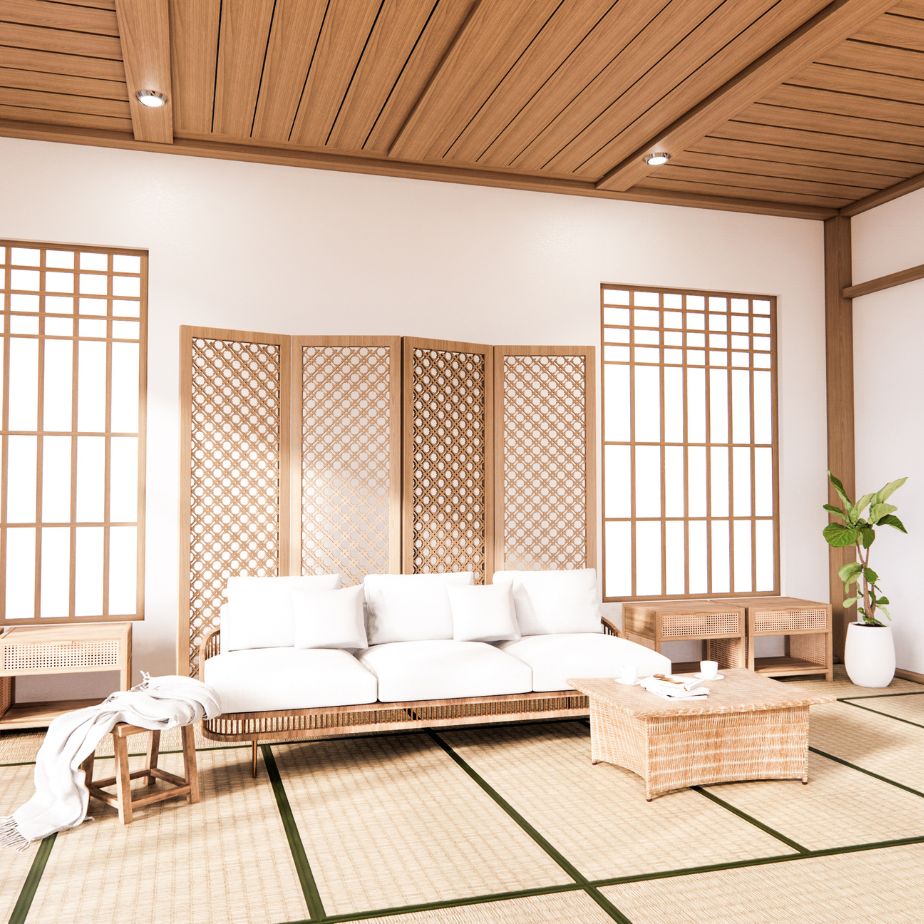
Japanese minimalist style is a popular trend that has been growing in recent years. While the term may be new to some, those who have embraced the look know there is something special about it. But what exactly is Japanese minimalist style? And why are people drawn to it? In this post, we’ll explore those questions and more. So read on to learn more about this unique style and see examples of how you can incorporate it into your own life!
1. What is Japanese minimalist style and what are its origins?
Japanese minimalist style is a design aesthetic that emphasizes simplicity and functionality. Its origins can be traced back to the Shaker movement in the United States, which placed a focus on utility and utility. The baskets and furniture made by the Shakers were popular in Japan, and the Japanese began to incorporate these principles into their own designs. The Japanese minimalist style reached its height in the postwar period, when architects such as Tadao Ando and Kenzo Tange sought to create modernist buildings that were stripped down to their essential elements. Today, the Japanese minimalist style continues to influence designers across the globe.
2. What are the characteristics of Japanese minimalist style homes and interiors?
Japanese minimalist style homes and interiors are characterized by simplicity, clean lines, and a focus on natural materials. In many cases, the furniture is designed to be modular and easily movable, so that it can be rearranged to suit the needs of the occupants. The walls are often left bare, or they may be decorated with simple artwork or scrolls.
Floors are typically covered with tatami mats, which are made from straw and rice paper.Window treatments are minimal, and the overall goal is to create a calm and serene environment. This aesthetic has its roots in the Zen Buddhist tradition, which emphasizes balance, harmony, and mindfulness. In recent years, Japanese minimalism has been adopted by people all over the world who appreciate its clean look and appreciate its emphasis on living with less.
3. How can you achieve a Japanese minimalist style in your home without completely renovating it?
Achieving a Japanese minimalist style in your home doesn’t have to mean completely renovating it. There are a few simple changes you can make that will give your home the sleek, streamlined look you’re after.
First, get rid of any clutter. This means reducing the number of clothes in your closet, getting rid of knick-knacks and other decorations, and paring down your book collection. Just because you love something doesn’t mean it needs to be on display all the time. Keep only the essentials and put the rest in storage.
Second, focus on clean lines and simple shapes. Get rid of furniture with busy patterns or excessive embellishments. Stick to basics like straight-backed chairs and plain sofas. And don’t forget about your walls – they should be free of pictures and other hangings. Instead, accentuate them with a coat of fresh paint in a neutral color.
Finally, bring in some natural light. Japanese homes are known for their large windows and sliding glass doors that let in plenty of sunlight. If your home is lacking in this department, consider adding some skylights or solar tubes. Not only will this brighten up your space, it will also help you save on energy costs.
By following these tips, you can create a serene and stylish Japanese-inspired home without having to undergo a complete renovation.
4. What are some of the benefits of adopting a Japanese minimalist style in your home life and work life?”
The benefits of adopting a Japanese minimalist style in your home life and work life are numerous. For one, living with less clutter can help to reduce stress levels and improve your focus and productivity. In addition, getting rid of excess belongings can free up valuable time and space in your home. Furthermore, by simplifying your life, you can become more attuned to the things that truly matter to you and develop a greater appreciation for the simple pleasures in life. Ultimately, embracing minimalism can lead to a more enriching and fulfilling existence.
5. How do you choose furniture, decorations, and other items for a Japanese minimalist lifestyle?”
We all know the feeling of being overwhelmed by our belongings. It seems like every time we turn around, there’s another pile of clothes to fold, another sink full of dishes, and another stack of bills to pay. And while we may not be able to get rid of all of our possessions, there is a way to live a simpler, more clutter-free life: Japanese minimalism.
Japanese minimalism is all about living with only the essentials. This means getting rid of anything that doesn’t serve a purpose or that doesn’t bring you joy. So how do you choose furniture, decorations, and other items for a Japanese minimalist lifestyle?
The first step is to take stock of what you already have. Go through your belongings and ask yourself if each item brings you happiness or if it’s just something taking up space. If it’s the latter, it’s time to let it go.
The second step is to be intentional in your purchases. Before you buy anything new, ask yourself if it’s something you really need or if you can live without it. If it’s something you can live without, don’t waste your money on it.
Finally, keep your living space clean and organized. This will help you feel calm and relaxed in your own home and make it easier to find things when you need them.
following these simple steps, you can start living a more minimalist lifestyle today. unless essential for living or bringing happiness into your life, then it doesn’t belong in your home. Follow these steps, and before long, you’ll be enjoying the benefits of Japanese minimalism in your own life.
6. Are there any drawbacks to living a Japanese minimalist lifestyle?”
There are a few potential drawbacks to living a Japanese minimalist lifestyle. First, it can be difficult to maintain such a lifestyle if you live in a smaller space, such as an apartment. Second, it can be challenging to stay organized and keep track of your belongings if you have limited storage. Third, you may miss out on some of the pleasures of life if you downsize your possessions and reduce your material possessions. However, for many people, the benefits of living a Japanese minimalist lifestyle outweigh the drawbacks. The key is to find what works best for you and to make the lifestyle work for your own unique circumstances.

